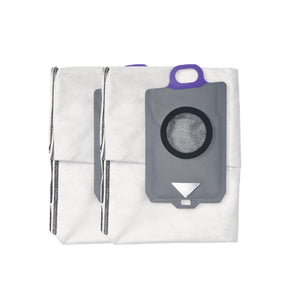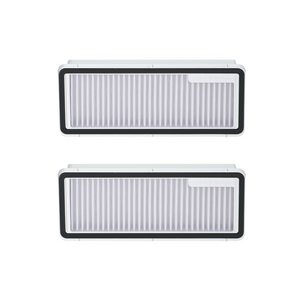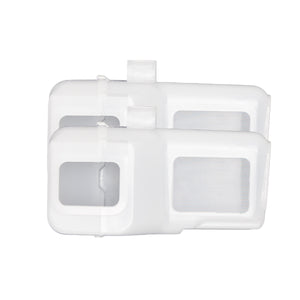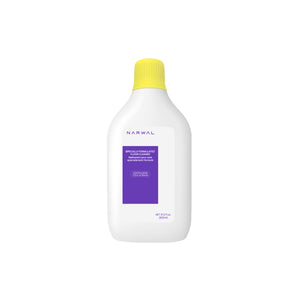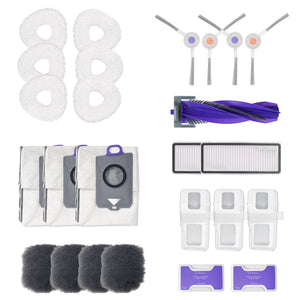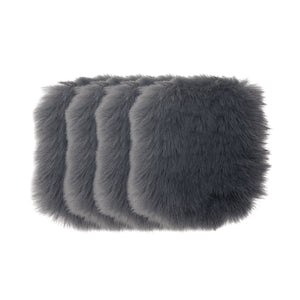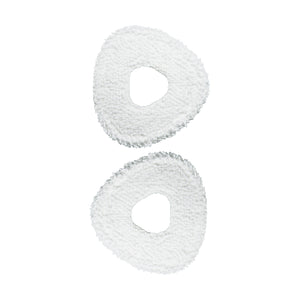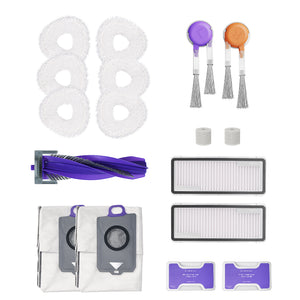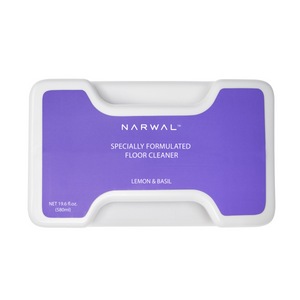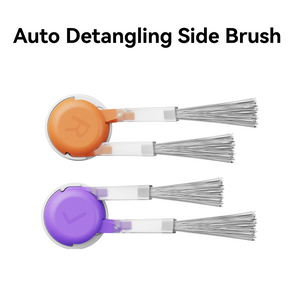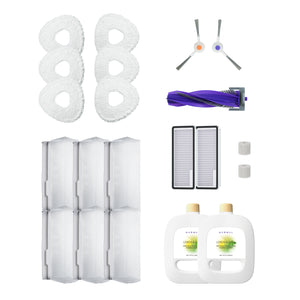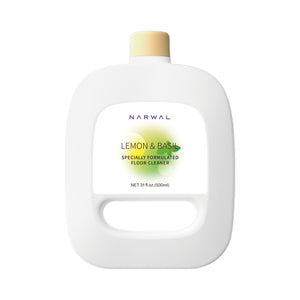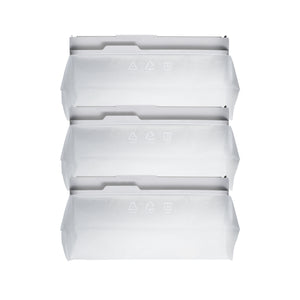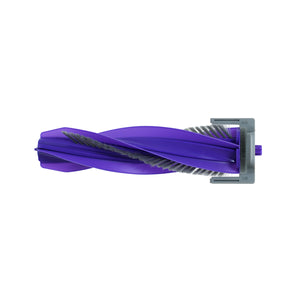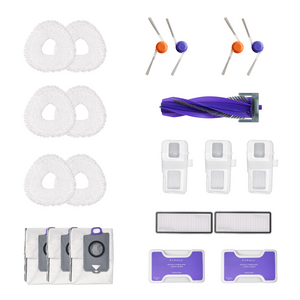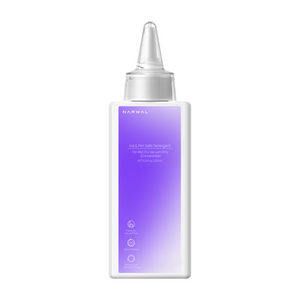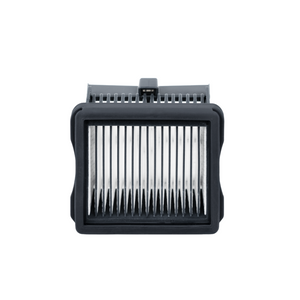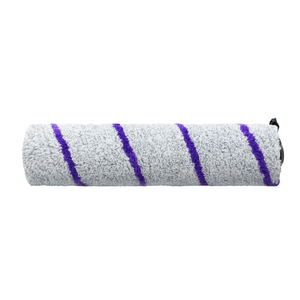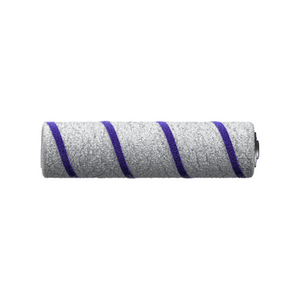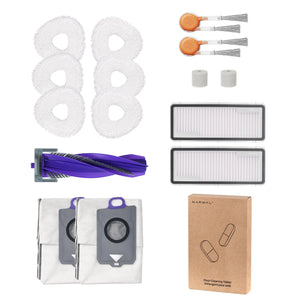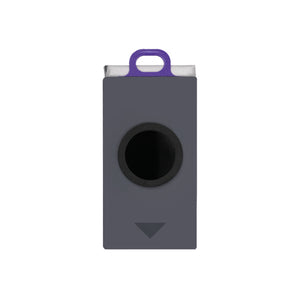Cleaning your kitchen can feel like a big task, but with the right steps and tools, it becomes much easier. This guide will show you how to do everything, from getting the tools you need to polishing every surface. Let’s dive in and get your kitchen spotless!
What Supplies Do You Need for Kitchen Cleaning?
To clean your kitchen effectively, you'll need a mix of essential cleaning supplies and specialized tools for tougher jobs.
List of Essential Cleaning Supplies
- All-Purpose Cleaner: Useful for countertops, appliances, and various surfaces.
- Dish Soap: Great for washing dishes and cutting through grease.
- Sponges and Scrub Brushes: For scrubbing stubborn spots.
- Microfiber Cloths: Ideal for dusting and wiping down surfaces without leaving streaks.
- Paper Towels: Handy for quick cleanups and drying surfaces.
Specialized Tools for Tougher Cleaning Jobs
- Oven Cleaner: Necessary for removing baked-on grime from your oven.
- Stainless Steel Cleaner: Keeps your stainless steel appliances shiny and free of fingerprints.
- Vinegar and Baking Soda: Natural cleaners that work well for tough stains and deodorizing.
- Vacuum with Attachments: Useful for cleaning floors, cabinets, and hard-to-reach areas.
How Should You Begin the Cleaning Process?
To begin the kitchen cleaning process, start with decluttering countertops and surfaces, and then move on to removing and organizing items.
Decluttering Countertops and Surfaces
Begin by clearing off all items from countertops and surfaces. Remove small appliances, utensils, and decor items. This step helps to create a clean workspace and makes it easier to wipe down and disinfect these areas. Group similar items together to streamline the process and keep everything organized.
Removing and Organizing Items
Next, take out all items from cabinets, drawers, and pantry areas. Sort through the items, discarding expired food and unused items. Group similar items together and organize them in a way that maximizes space and accessibility. This not only helps in cleaning but also ensures that your kitchen stays organized and clutter-free for a longer time.
What Is the Best Way to Clean Kitchen Appliances?
Follow these instructions to clean your refrigerator, oven, and stove, as well as your microwave and dishwasher.
Cleaning the Refrigerator
Start by emptying the fridge and discarding expired items. Remove the shelves and drawers, and clean them using warm, soapy water. To eliminate stains and odors, clean the interior surfaces using a baking soda and water solution. Dry thoroughly before replacing shelves and food items.
Cleaning the Oven and Stove
For the oven, use a specialized oven cleaner to tackle baked-on grime. Scrub and wipe clean after applying the cleanser and allowing it to sit. For the stovetop, remove grates and burners, if applicable, and clean them separately. Use a non-abrasive cleaner to wipe down the surface and a brush or sponge for stubborn spots.
Cleaning the Microwave and Dishwasher
For the microwave, pour a bowl of water and lemon slices inside and run on high for a few minutes to release the filth. Wipe the interior with a moist towel. For the dishwasher, run a cleaning cycle using either a dishwasher cleaner or a cup of vinegar placed on the top rack to eliminate buildup and odors. Wipe down the exterior of both appliances for a finishing touch.
How Do You Effectively Clean Kitchen Cabinets and Drawers?
To effectively clean kitchen cabinets and drawers, start by wiping down surfaces and then move on to organizing and decluttering their contents.
Wiping Down Surfaces
Clean the inside and outside surfaces of cabinets and drawers with a mild cleanser and a microfiber cloth. Pay special attention to handles and edges where grime tends to accumulate. For stubborn spots, a mixture of baking soda and water can be effective. To avoid moisture damage, ensure that all surfaces are fully dried.
Organizing and Decluttering Contents
Empty each cabinet and drawer, sorting items as you go. Discard expired or unused items and group similar items together. Use organizers or bins to keep items neatly arranged and easily accessible. This not only keeps your kitchen looking tidy but also makes it easier to find what you need when cooking or cleaning.
What Are the Steps to Clean Kitchen Countertops and Backsplashes?
To clean kitchen countertops and backsplashes effectively, start by choosing the right cleaning solution and then use the appropriate techniques for different materials.
Choosing the Right Cleaning Solution
Select a cleaner that is safe for your countertop and backsplash materials. For granite or marble, use a pH-neutral cleaner to avoid damaging the surface. For laminate, an all-purpose cleaner works well. For tiles, a mixture of vinegar and water can help remove stains and grime. Always read the label to ensure the cleaner is suitable for your surfaces.
Techniques for Different Materials
- Granite and Marble: Spray the cleaner and wipe with a soft cloth. Avoid abrasive scrubbers to prevent scratches.
- Laminate: Use a damp cloth with the cleaner, and scrub gently to remove stains.
- Tiles: Apply the vinegar solution, scrub with a soft brush to clean grout lines, and wipe clean.
- Wood: Use a gentle wood cleaner and wipe with the grain to maintain the finish.
How Should You Clean the Kitchen Sink and Faucet?

To keep your kitchen sink and faucet sparkling, focus on removing stains and buildup, and then polish for a shine.
Removing Stains and Buildup
Start by using a mixture of baking soda and water to create a paste. Apply the paste to stained areas and scrub with a soft brush or sponge. Allow the paste to settle for a few minutes before cleaning any stubborn spots. Rinse thoroughly with water. For mineral buildup around the faucet, use a mixture of vinegar and water. Soak a cloth in the solution and wrap it around the faucet. Let it sit for 15-20 minutes before wiping clean.
Polishing for a Shine
After cleaning, dry the sink and faucet with a microfiber cloth. To polish, use a small amount of olive oil or a stainless steel polish on a clean cloth and buff the surfaces in circular motions. This will remove any remaining water spots and give your sink and faucet a bright, shiny finish.
What Is the Best Method for Cleaning the Kitchen Floor?

To effectively clean your kitchen floor, start with sweeping and vacuuming, then move on to mopping and spot cleaning.
Sweeping and Vacuuming
To remove loose dirt, crumbs, and debris from the floor, sweep or vacuum it first. Use a broom or a vacuum with a hard floor setting to ensure you get all the particles, especially in corners and under cabinets. This step is critical to keeping dirt from scratching the floor when you mop.
Mopping and Spot Cleaning
After sweeping or vacuuming, mop the floor with a suitable floor cleaner. Use a microfiber mop and a cleaner that matches your floor type, whether it's tile, laminate, or wood. For stubborn spots or stains, use a gentle scrub brush or a sponge to target those areas specifically. Ensure the floor is left dry to avoid slips and maintain a clean appearance.
[cta:narwal-freo-x-ultra-robot-vacuum-mop]
For a more efficient cleaning process, consider the Narwal Freo X Ultra. This versatile robot vacuum and mop combo handles both sweeping and mopping, ensuring a thorough clean with minimal effort. It features smart control options, allowing you to schedule cleanings and track progress through the Narwal app, making floor cleaning easy and hassle-free.

Conclusion
Cleaning your kitchen doesn't have to be overwhelming. By following this step-by-step guide and using the right supplies, you can achieve a spotless and organized kitchen with ease. Don't forget to consider smart cleaning tools for efficient floor cleaning. Ready to transform your kitchen cleaning routine? Start implementing these tips today and enjoy a sparkling clean kitchen with minimal effort!
FAQs
What are the seven steps in cleaning kitchen areas?
- Gather cleaning supplies.
- Declutter countertops and surfaces.
- Clean kitchen appliances.
- Wipe down cabinets and drawers.
- Clean countertops and backsplashes.
- Clean the sink and faucet.
- Sweep and mop the floor.
Where do I start when cleaning my kitchen?
Start by gathering all necessary cleaning supplies. Then, declutter countertops and surfaces by removing small appliances, utensils, and decor items. This creates a clean workspace and makes it easier to wipe down and disinfect these areas.
What is the best way to deep clean a kitchen?
Begin with decluttering and organizing. Clean appliances thoroughly, wipe down cabinets and drawers and scrub countertops and backsplashes. Clean the sink and faucet, then finish by sweeping, vacuuming, and mopping the floor for a comprehensive clean.





















